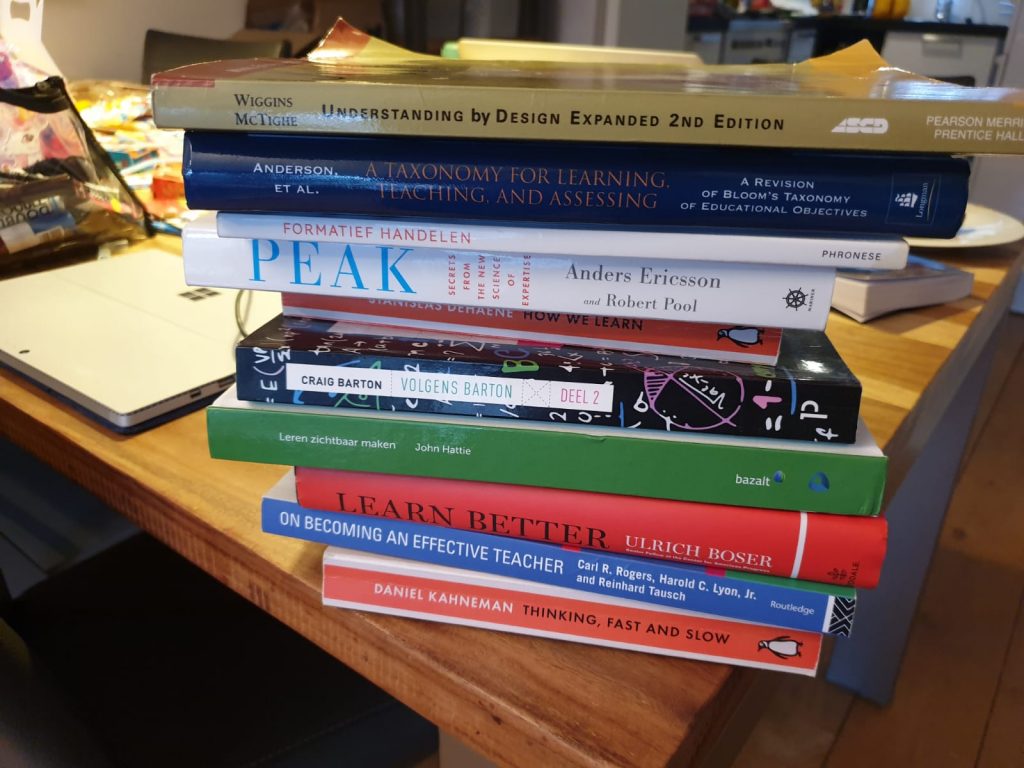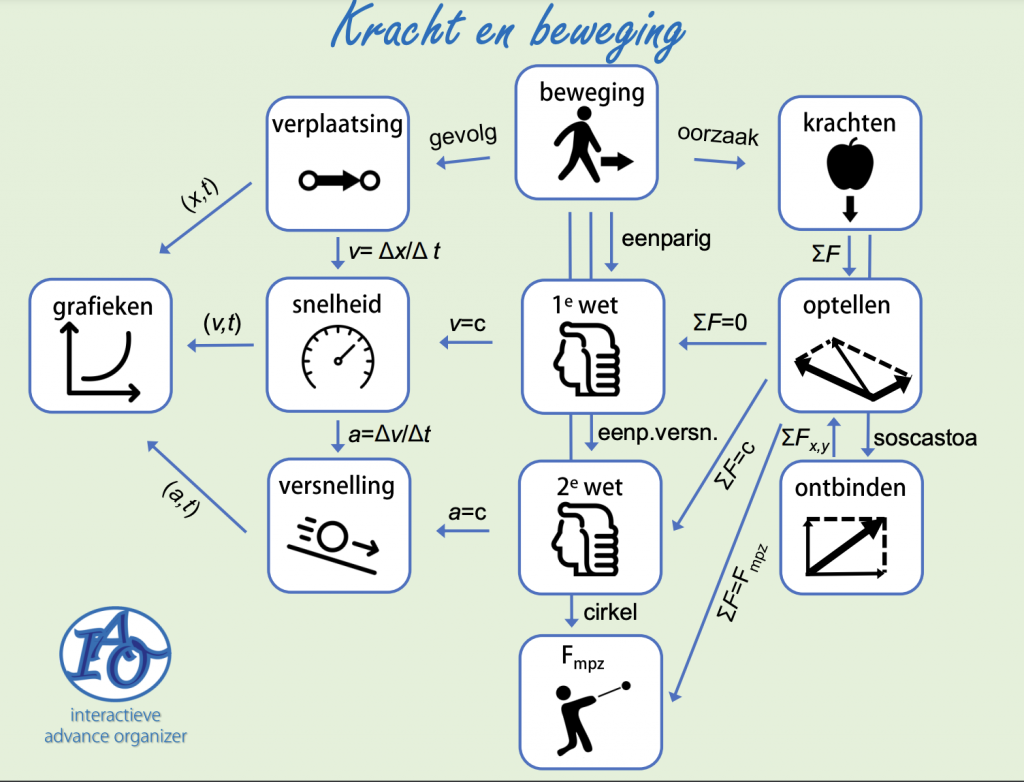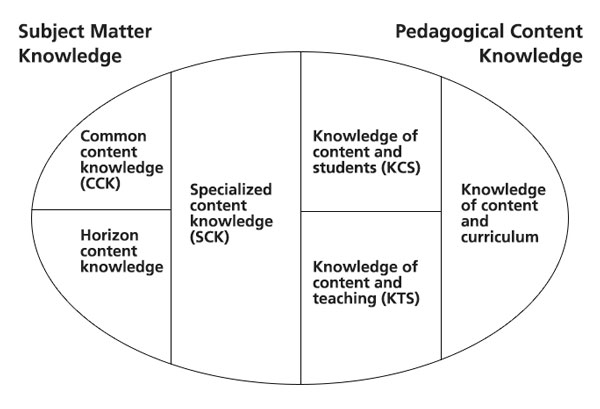When trying to master a new field it is difficult to find the right direction and resources from which to learn. I set out to learn more about the science of learning and teaching in order to create a tool (Naabu) for teachers and researchers. I read a few books [1]; dived into the scientific literature (e.g. Koedinger and Molenaar); and watched videos of online courses (Instructional Design Foundations and Applications, Big Data and Education and Learning engineering courses from Carnegie Mellon University)

Somehow, I did not discover Paul Kirschner until attending the Dutch researchEd conference. Kirschner reached the top of educational research and is a strong and active advocate for evidence-based teaching and he takes a strong stance against persistent myths circulating in the educational world. He is quite the guru with a following so I was interested to find out what I can learn from his writing. In this article, I summarize my newly acquired knowledge in relation to the tool I am building when reading the books: How teaching happens (HTH) – by Paul A. Kirschner, Carl Hendrick & Jim heal; and Evidence-informed learning design (EiLD) – by Mirjam Neelen and Paul A Kirschner.
Fragmentation and whole task design
When creating Naabu I linked everything together with learning goals. The idea was to make a wiki-like system as learning goals are difficult to create and link together. You have to determine what you want to teach before you can design your learning experiences.
The concept was sound. However, learning goals proved hard to create and even harder to use. When I used the system to create a learning experience to teach exponential relationships it was clear that something was off.
From EiLD chapter 7, I learned the term for this observed phenomenon is called fragmentation: “An ineffective approach to learning experiences design where we break a complex goal into small, incomplete, or isolated parts”. Overall, for complex tasks, it is better to design and create learning activities aimed at completing the whole task instead of focussing on teaching the isolated sub-parts.
In the context of exponential relationships, you could create a complete exercise:
- Start with a few data point
- Create an exponential formula using the growth factor and starting value
- Check if the formula is correct
- Use the formula to predict a new value
For beginners, you can scaffold it in a working example (Chapter 15 HTH), and give more direct feedback (Chapter 9 EiLD)
Better representations of knowledge
Before reading Kirschner’s work I moved away from learning goals and wanted to refactor the learning systems to a more visual style using diagrams, content mapping, and other visual tools to structure the learning experience. The best example I came across was a session from Martijn Leensen at researchEd 2022 where he introduced the interactive advanced organizer[2] he used during his physics class.
In chapter 6 of How learning happens (HLH). The science behind advanced organizers is discussed. Which in my mind fits well with the representations of Bruner.

In Chapter 7 of HTH, the work of Jerome Bruner related to representations is explained. The main point is that simpler representations are needed for novices when learning and that even experts still use simpler representations along with more complex representations.
Knowledge is built upon knowledge and it is difficult but needed to simplify the representations of the knowledge you want to teach before going into the more complex and comprehensive symbolic representations. There are also clear links between different modes of representation. Furthermore, it is not clear what the best pedagogical representation is which depends a lot on the prior knowledge the student has and how it is used.
For the Naabu tool. This means that is probably best if it is sort of a free-for-all, to build and link knowledge representations and have data to evaluate the representations in certain learning contexts: a marketplace of knowledge representations. Furthermore, different modes of representation need to be supported from a more iconic (action) level to a symbolic and abstract level.
Pedagogical content knowledge (PCK)
“If you know you do, if you understand you teach”
Section 4. HTH dives deep into explaining PCK. You have to be an expert in a domain to be able to teach that domain. However, that is not enough. Domain-specific pedagogical content knowledge needs to be acquired separately.

General pedagogical knowledge can be helpful to acquire domain-specific PCK but having only general pedagogical knowledge is not enough. Similarly to that general knowledge-solving skills are not enough for learners.
There are some scientists working to demystify. For example, Ken Koedinger discovered that counter to what has been expected students find algebra stories easier to solve than equations without context leading to the PCK that more teaching has to happen to transfer stories to equations (as this step is often skipped by students). E.g. there was a lack of understanding of the symbolic representation of the students and they uses a more iconic representation to solve the problem.
Overall, more attention needs to be put on PCK, by teachers, curriculum designers, learning scientists, and learning engineers.
The 2 sigma problem, the holy grail

One-on-one tutoring works two standard deviations better than conventional instruction (Chapter 11, HLH).
Discussion
The whole task design seems great on a high level. However, you still want to detect common mistakes or find learning issues on a lower level. The more whole an exercise is the more difficult it could be to detect mistakes in both the instruction and student understanding. Using more low-level knowledge components makes it easier to evaluate learning experiences.
Overall I am pleasantly surprised with the new concept I have learned. I picked up some other books from Kirschner and would highly recommend them to any learning engineer.

0 Comments